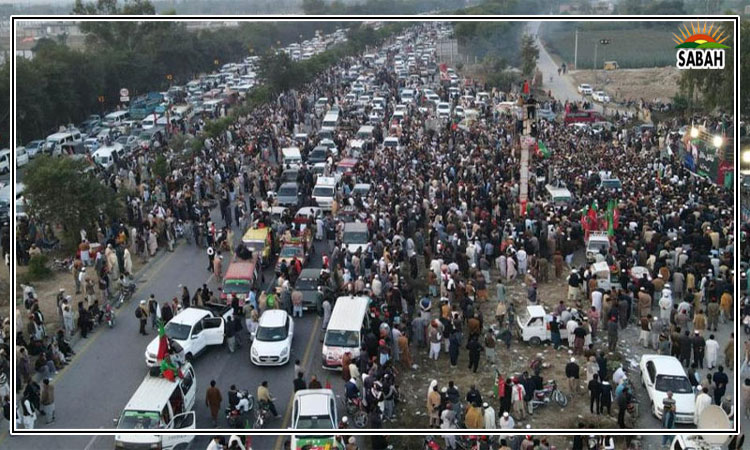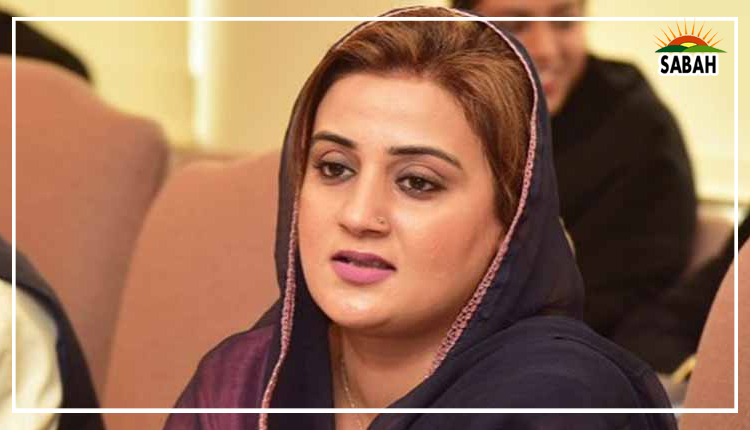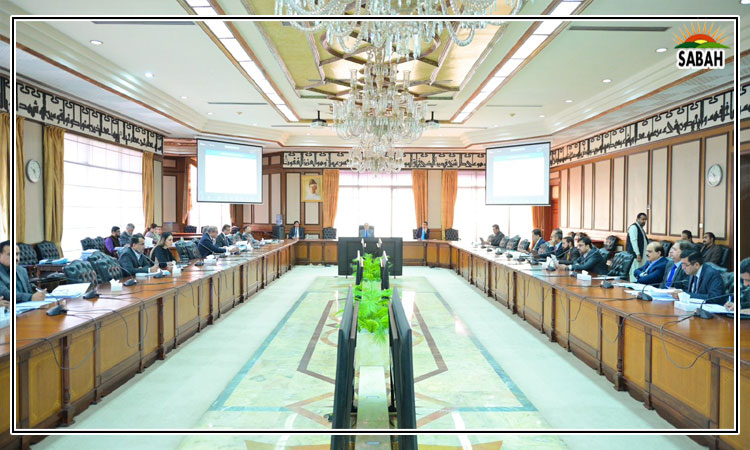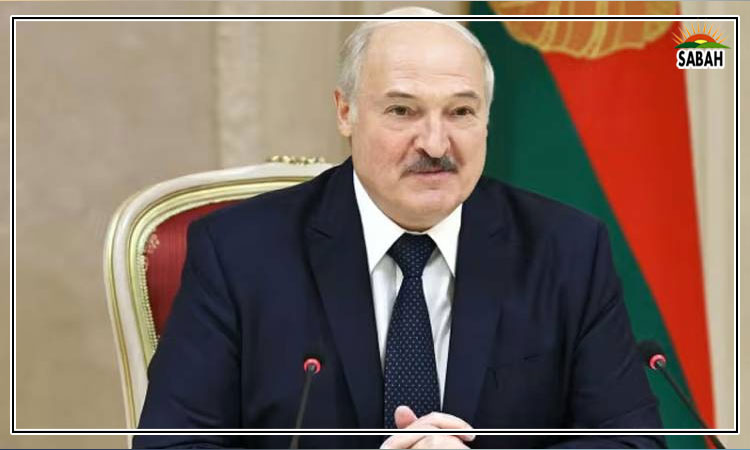Renewable electricity revolution…Omar S Cheema
Pakistan has the potential to double its electrical power generation per capita within three to five years and simultaneously achieve stable and reduced electricity prices.
The countrys entire national electricity infrastructure is ultimately financed by consumers through their bills from power generation plants to transmission and distribution lines. This is why the electricity infrastructure expansion must fit the buying power of consumers. There are two basic costs for any power generation asset the capital cost for building the power capacity (watts) of the asset and the operational cost of power capacity conversion into energy production (measured in watt-hours).
The payment to the plant owner for setting up the plant is called a capacity payment. These payments are not limited to Pakistan and have to be paid regardless of whether the plant is actually used or not.
Then there is the payment for the operational cost of using the plant to deliver energy. The key concern in financing a power plant is to make sure consumers can afford the operational costs. If the consumer cannot afford this cost, the obligatory capacity payment is money down the drain. The issue is therefore not a policy of offering capacity payments but of financing power plants that are affordable to operate.
All thermal power plants run on fuel coal, gas or uranium and freshwater to drive the steam turbine. Over 60 per cent of Pakistans current electricity generation eet consists of such thermal power plants. Fuel is the main operational cost. No one can lock in the buying price of these fuels for the long run; it is impossible. Over the long run, fuel prices tend to increase. In addition, fuel prices unpredictably uctuate because of global market dynamics. Price shocks are inevitable. As a result, the electricity prices from thermal power plants are unstable and in ationary.
By contrast, solar, wind, and hydro run on natural renewable resources. Hydro is a bit more complicated, particularly for reservoir-based hydroelectric generation, because there is an opportunity cost of diverting water from rivers and groundwater. The water resource has other urgent competing needs, eg, agriculture and food security.
Hydro is also not climate change resilient because, with increasing droughts from global warming, the renewable water resource becomes scarcer for a swelling population like that of Pakistan. Solar and wind power do not have such constraints. These are drought-proof, fuel-free power sources. The operational fuel cost is zero. The fuel price volatility is zero. The total cost of setting up and operating a solar or wind power plant is its initial capacity payment. The electricity price for the power plants is stable, fixed for the plants lifetime, and de ationary.
The capacity payment policy can become a problem for thermal power plants, but not for solar and wind power. If the operational fuel cost becomes too expensive, capacity payments still have to be made for idle power plants. This problem cannot occur with solar and wind power.
An overwhelming majority of new electric power additions last year, globally, were solar and wind power. This shift in priorities is not driven by climate change, but by economics. Professional project developers know that the choice of solar and wind power plants is motivated by superior financials carbon emission credits are not really factored into the business case.
Another compelling motive is energy independence for national security. Countries do not have to rely on the geopolitics affecting fuel imports. There is no recurring foreign exchange drainage for the imports, with the consequence of a foreign debt stranglehold.
Last year, Germany produced about 200TWh (one TWh = one billion kWh) of electricity, almost half its total consumption, from solar and wind alone. The total electricity generation of Pakistan from all sources is around 140TWh (~ 600 kWh per capita vs ~ 1,300 kWh for India). Pakistan has a greater natural resource of solar and wind power than Germany. The total cost of installing and operating a solar/wind power plant is now less than the operational fuel cost of thermal power plants. In addition, it alleviates a worsening water scarcity crisis.
A weak objection against increasing renewables is that it adversely affects the electricity grid network. On the contrary, renewables can improve grid stability by providing a more distributed network of grid support capabilities (called reactive power for AC grid ancillary services). Have the grids of countries like Germany become more unstable by increasing the proportion of renewables? No. Contrary to this, countries like South Africa that rely on indigenous coal for their mainstay electricity are plagued by power outages and loadshedding. Modern power electronic grid interfaces for renewables are technically superior to the inertia of thermal power plant generators.
A timely plan to migrate to renewable electricity sources must be a top priority in negotiations with the IMF and international donors. Foreign exchange drainage and associated debt for fuel imports are a crippling burden on the Pakistani economy. Without a plan to reduce its foreign debt payments for fuel imports, there is no economic freedom on the horizon. International donor agencies and multinational development banks can hardly object to a plan that addresses the burning global issue of climate change, with Pakistan being one of its early victims.
Electricity market development in every country is heavily regulated. That has always been the case. So-called free market forces have not been responsible for electricity infrastructure development anywhere, whether in the capitalist US or communist China. A critical factor is the certainty of policy direction.
To attract foreign investment and project delivery, there has to be long-range certainty and transparency about the rules of the playing field. Otherwise, there is too much financial risk for foreign or domestic companies to participate in long-range energy infrastructure projects. Even the most financially creditworthy countries have therefore underpinned their electricity market reforms with robust legislation and ironclad ring-fenced funds.
The policy direction has been insulated from the usual competition between political interests. If the political powers of the country do not rise above their competing group interests in a united policy direction, no one from the outside is going to provide the necessary resolve.
A common refrain against transitioning to renewable power is the yoke of capacity payments for legacy power plants. These capacity payments are a sunk cost. One cannot stop the economic progress of the country on this pretext. Funding the excessive operational cost of thermal power plants to exclude cheaper electricity from solar and wind power is self- agellation. It is throwing good money after bad. The opportunity cost of trying to sustain past mistakes is too severe. Legacy thermal power plants can, of course, produce electric power, but at a much greater price than the viable alternatives of solar and wind power.
One has lost count of recent electricity price hikes to prop up legacy power generation. Price increases for rising fuel import costs leave the consumer with only fear of more energy in ation to come. The money is spent on burning fuel. The consumer has to wait for another tariff increase for the next fuel price shock.
A price increase in the electricity bill of Rs16/kWh can fund solar power for the corresponding electricity consumption for 30 years. In other words, the additional charge can finance sufficient daytime electricity for the consumers needs for 30 years. The payback for a solar electricity investment in Pakistani conditions is within 10 years (per kWh payment for the upfront investment, including satisfactory profit).
In principle, the consumer can then enjoy free solar electricity for the remaining 20-plus years (adjusted for a small fixed charge to maintain the financed solar power generation asset). The consumer can be given a share in the solar power assets, thus financed, in proportion to their electricity bill payments. This popular scheme in many countries is called community solar. Consumers gain access to cheap solar electricity through their billing payments, in a solar power plant connected to the grid, even if they do not have the land or roof space to install it for themselves.
Pakistan should roll out such a community solar scheme for the entire nation, extending it to all forms of renewable electricity. It is more affordable and sustainable for the consumer than painful price hikes for rising and uncertain fuel prices. The consumers will also become owners of the renewable electricity assets that provide them power. This idea is not some wacky thought experiment, but essentially the model of electricity cooperatives expanded to a national scale.
Electricity cooperatives, set up by Roosevelts New Deal, revolutionized electricity access in the US, especially in rural areas. The industrial breakthrough of renewables enables the unprecedented empowerment of electricity cooperatives. Pakistan can set an example by using renewable electricity in this manner to transform its economy.
The upfront capital investment is not an insurmountable obstacle, provided the policy is backed by robust legislation and transparent rules. The domestic and foreign private sectors, fairly and securely incentivized, will jump on the tremendous growth opportunity.
With recurring foreign exchange drainage on fuel imports for electricity, the persistent devaluation pressure on the Pakistani rupee will be sharply reduced. Renewable electrification will pave the way for all types of sustainable, self-sufficient energy consumption. Energy independence for national security and a prosperous modern economy will be created. There is no financial or technological impediment stopping it. The only hurdle to a renewable electricity revolution is the imagination and determination of policymakers.
Courtesy The News












